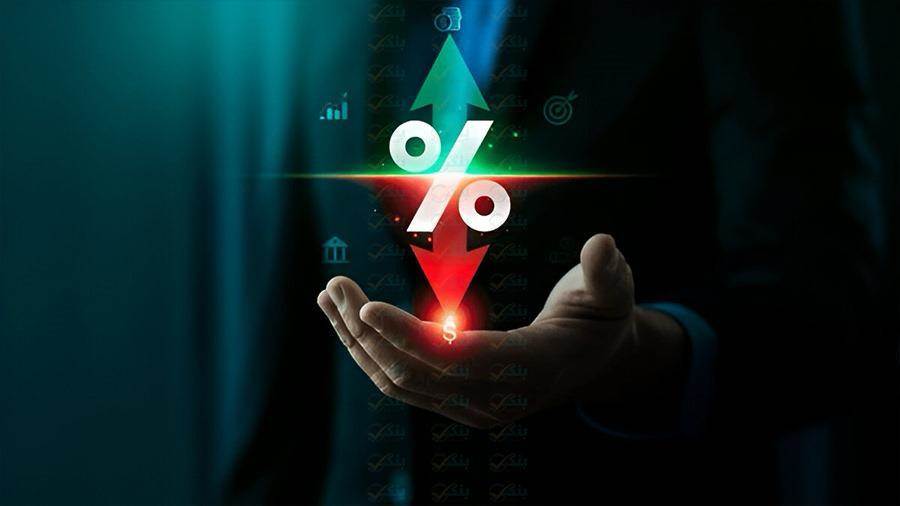How Tariffs Are Impacting Central Bank Policies?

Monetary policy decisions among central banks are diverging as they begin to respond for the first time to the global market disruptions caused by the trade war and tariff policies launched by former U.S. President Donald Trump.
It is expected that the Bank of Canada will maintain current borrowing costs in its upcoming meeting on Wednesday, in anticipation of potential inflationary pressures resulting from the ongoing tariff dispute with the United States. Meanwhile, the European Central Bank (ECB) is likely to lower interest rates the following day. As for the U.S. Federal Reserve, it is not scheduled to announce its decision on interest rates until May 7.
This places the policy meetings in Frankfurt and Ottawa, taking place this week, in a critical position to help calm markets while assessing the broader economic fallout of Trump’s tariff decisions.
While the U.S. has backed away from many of the harshest proposed tariff measures—excluding those targeting China—market volatility and growing uncertainty continue to pose risks to global financial stability.
ECB President Christine Lagarde acknowledged these risks in a statement on Friday, emphasizing that officials are closely monitoring the situation and are equipped with the tools needed to respond. She stressed the interconnection between price stability and financial stability.
In 2023, following the collapse of Silicon Valley Bank, which sparked market turmoil, the ECB chose to stay the course and delivered on its promise to raise interest rates by half a percentage point.
This time, however, the ECB may adopt a more cautious stance. With the economy vulnerable to the effects of tariffs, and with the European Union currently delaying any counter-inflationary measures, analysts widely expect the ECB to cut interest rates by 0.25 percentage points.
As for Canada, policymakers face a different set of challenges. Trump’s tariffs are already weighing on consumer spending and business investment, while inflation expectations are rising. The upcoming consumer price index (CPI) data, due Tuesday, may play a key role in shaping the central bank’s decision.
Following the broad imposition of tariffs by the Trump administration—affecting nearly all trading partners—economists have raised their inflation forecasts for this year while simultaneously downgrading growth projections. These revised forecasts place the Federal Reserve in a difficult position: striving to manage price pressures without triggering a slowdown in the labor market.
